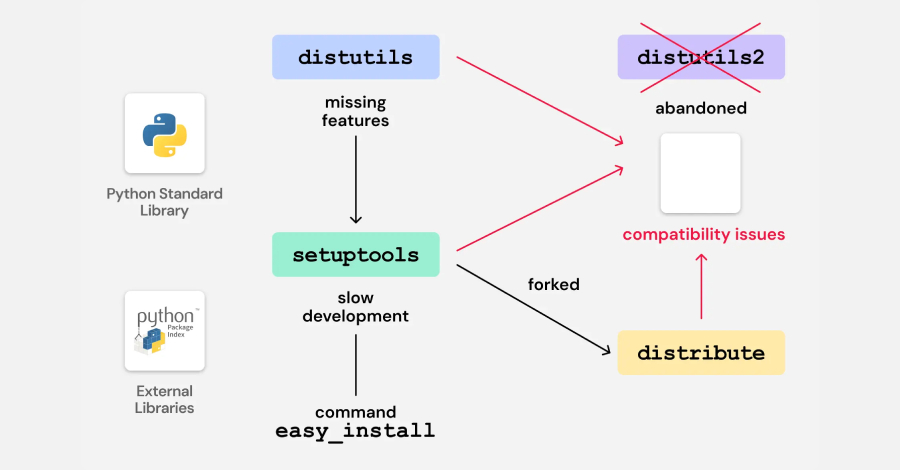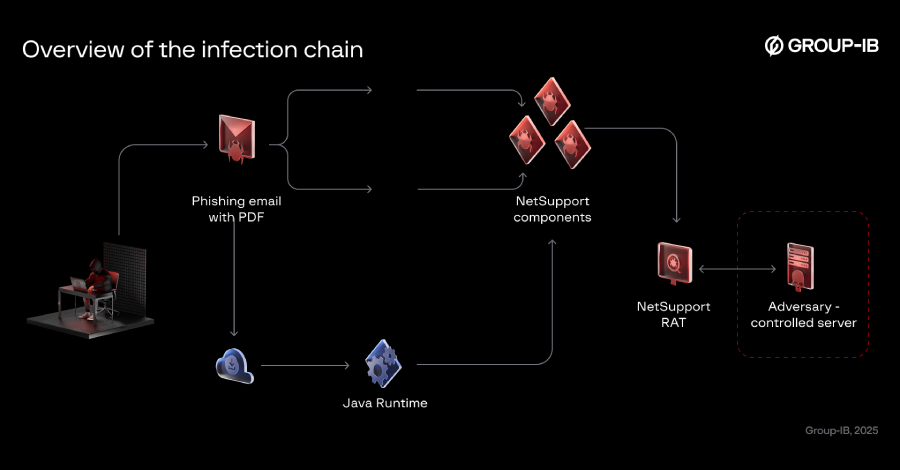Webinar: The “Agentic” Trojan Horse: Why the New AI Browsers War is a Nightmare for Security Teams
The AI browser wars are coming to a desktop near you, and you need to start worrying about their security challenges. For the last two decades, whether you used Chrome, Edge, or Firefox, the fundamental paradigm remained the same: a passive window through which a human user viewed and interacted with the internet. That era…
Read more










